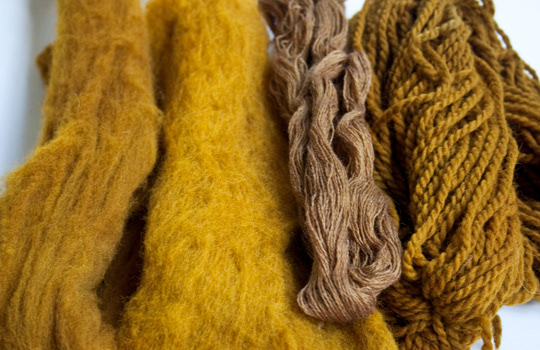
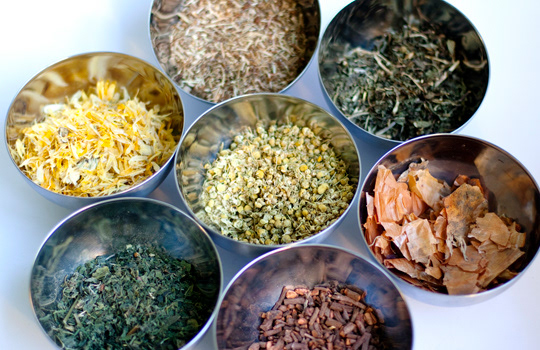
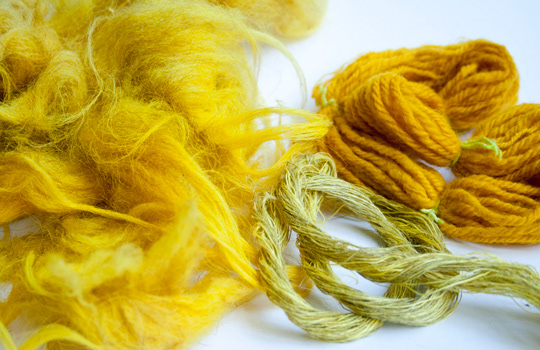


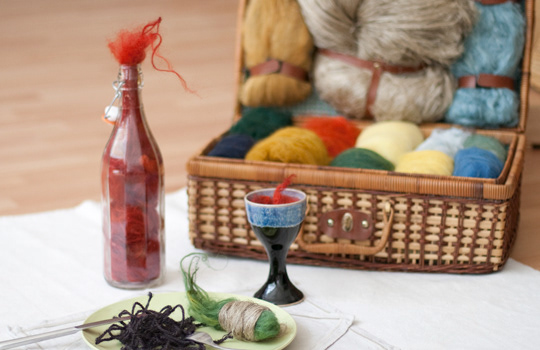
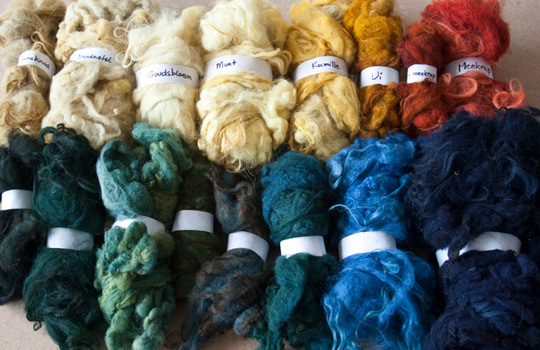
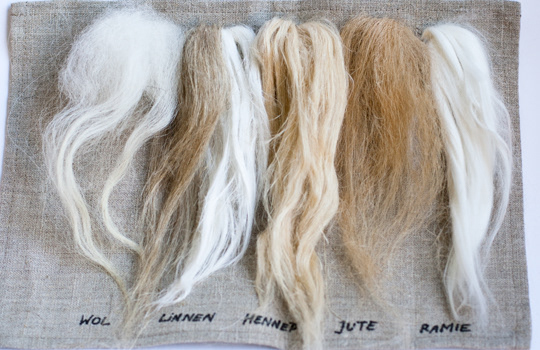
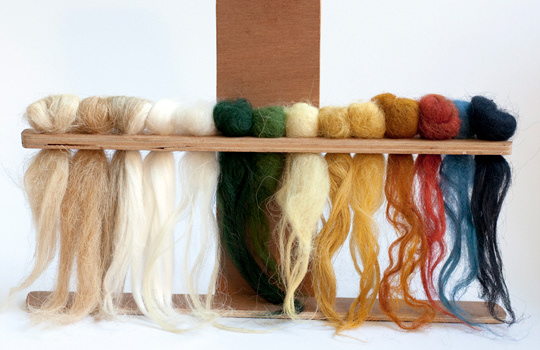
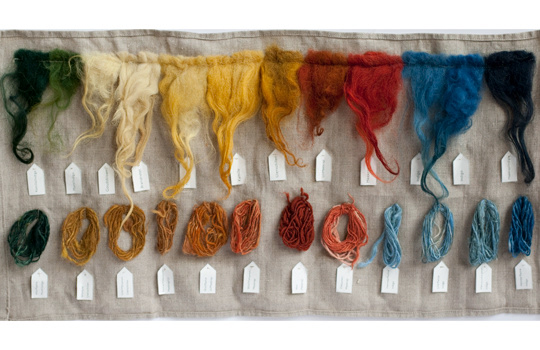
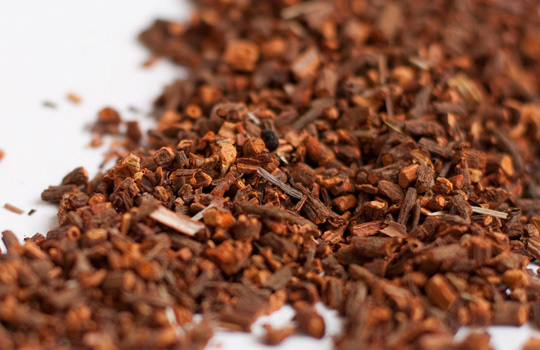

natural dye | 2011 - 2020
I stand between heaps of dyed wool, silk and linen. Beautiful vibrant colors that call to be touched. In between are large barrels filled with delicious smelling herbs: the dyes. There are people coming in. I watch how they react. I immediately see lights in their eyes, smiles and hands that immediately reach the beautiful materials. The attraction, as an echo of the past, comes faster than the thoughts. I see that the knowledge of their ancestors is still flowing through their veins. They no longer know it, but unconsciously they recognize the beauty of naturaly dyed textiles.
Natural dyeing is an old method of dyeing textiles with natural dyes. It differs per plant which part contains the dyes. They can be flowers and fruits, but also leaves, the bark or the roots. To emphasize the versatility of the plants, I often use specimens that are no longer known as dyes in the first place. They are now mainly used as edible herbs that sometimes also have medicinal and magical properties.
Dyes:
Madder (Rubia tinctorum) - roots
Wede (Isatis tinctoria) - leaves
Indigo (Indigofera tinctoria) - leaves
Oak gall
Mint (Mentha x piperita) - leaves
Nettle (Utrica dioica) - leaves
Chamomile (Matricaria recutita) - flowers
Marigold (Calendula officinalis) - flowers
St. John's Wort (Hypericum perforatum) - flowers and leaves
Onion (Allium cepa) - peel
Madder (Rubia tinctorum) - roots
Wede (Isatis tinctoria) - leaves
Indigo (Indigofera tinctoria) - leaves
Oak gall
Mint (Mentha x piperita) - leaves
Nettle (Utrica dioica) - leaves
Chamomile (Matricaria recutita) - flowers
Marigold (Calendula officinalis) - flowers
St. John's Wort (Hypericum perforatum) - flowers and leaves
Onion (Allium cepa) - peel
Fibers:
Wool
Flax (Linum usitatissimum)
Jute (Corchorus capsularis)
Ramie (Boehmeria level)
Hemp (Cannabis sativa)
Wool
Flax (Linum usitatissimum)
Jute (Corchorus capsularis)
Ramie (Boehmeria level)
Hemp (Cannabis sativa)
